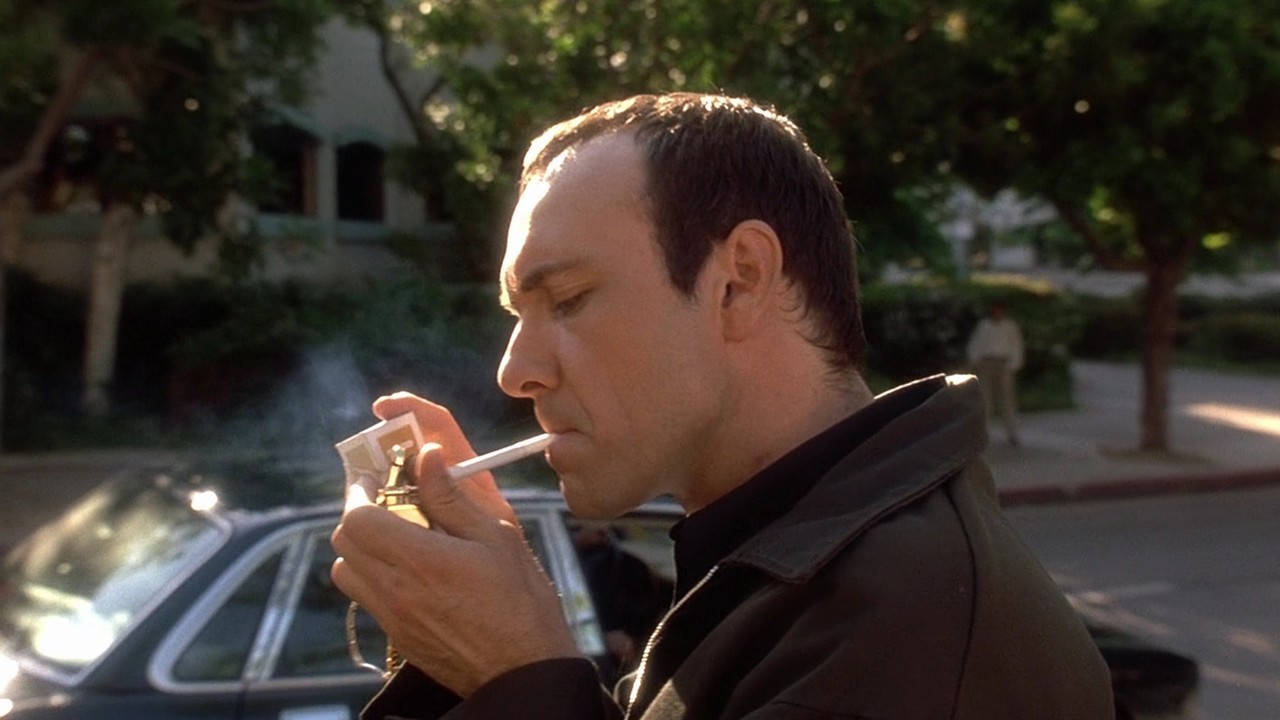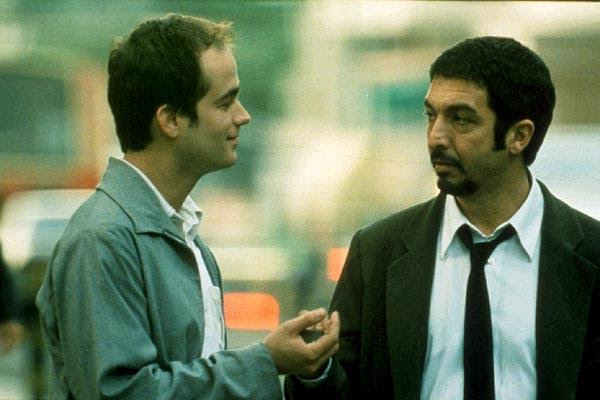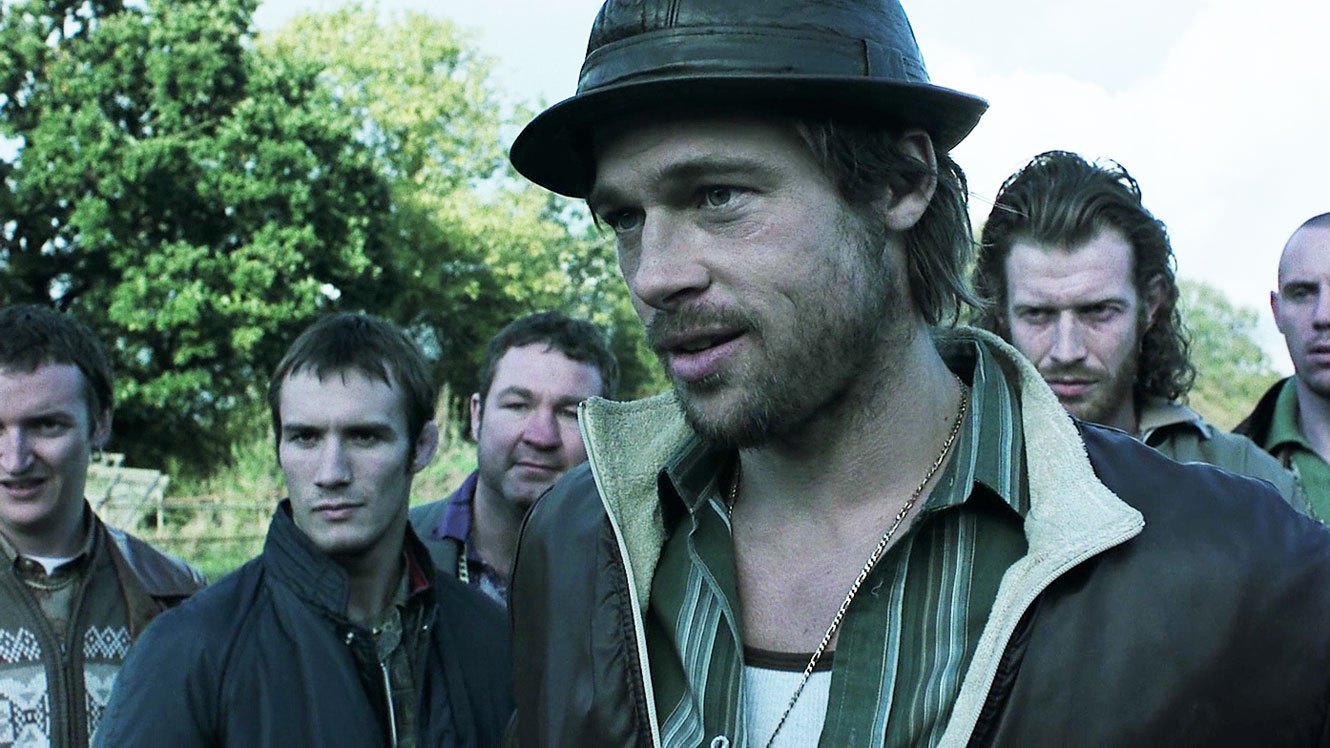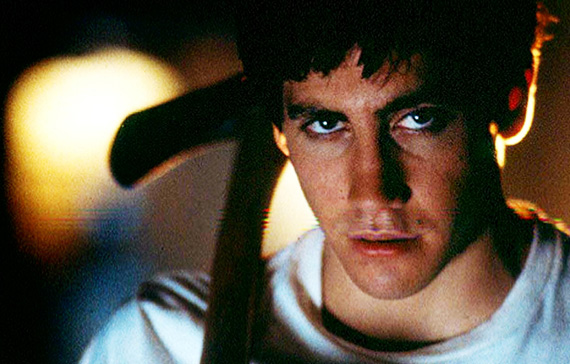
An unexpected yet acceptable ending can be the difference between a good film and a masterpiece. Thus, it is not surprising that many directors strive to mislead the audience into expecting something completely different from what actually happens. However, it is often very hard to disguise these intentions, as certain clues must be present within the narrative, anchoring the unexpected ending to the story.
The result is that in most films with plot twists, it is already obvious that something “unexpected” will happen before it does. While this may not spoil the experience, it certainly downgrades the emotional impact the scene was supposed to have.
The films on this list not only display great plot twists, but ones that were not expected at that particular moment of the narrative. In some of them, there was already one or more plot twists beforehand; in some others, the film’s atmosphere is so uncertain that the audience simply does not know what to expect. In all of them, you are guaranteed to have that wonderful sensation of surprise.
10. Nine Queens

In many heist films, thieves display strange loyalties. While deceiving people for personal gain in almost every opportunity, there seems to be utter trust between the partners in crime. In “Nine Queens”, that’s definitely not the case.
Marcos is the type of swindler that would sell his own mother to the devil, if he had the chance. By accident, he meets another con man at a convenience store, Juan. While successfully scamming the cashier once, Juan made the mistake of doing it again on the next shift. Marcos pretends to be a police officer and saves him.
Despite initial mistrust, they eventually agree to work together for the day. When Marcos’ sister unwillingly presents him with an opportunity almost too good to be true, he and Juan have to learn how work together while still keeping an eye on each other.
Fabián Bielinsky’s first full feature film is both clever and accessible, with a strong focus on the relationship between the two main characters. Instead of relying on a big unsolved mystery, an unknown identity, or a multiplicity of characters, “Nine Queens” is all about trust, or better, who is conning who.
Its plot, strictly conventional for the film’s first half, twists again and again during its second half, without ever losing track of the story or feeling too clever for its own good, finally ending just the way you were sure it would not.
9. Snatch

By far, this film’s most distinctive feature is Brad Pitt’s Irish Traveler accent. His role as Mickey O’Neal is a complicated one, if not in dramatic expression, but at least in its idiosyncratic manners. With equally odd counterparts, like Franky Four Fingers or Bullet-Tooth Tony, he’s hardly alone. Truth be told, they are all slightly stereotyped, and writer/director Guy Ritchie makes no effort to develop them beyond this point. It’s a comedy, after all – and it works pretty well.
The complicated plotline in “Snatch” hovers around two main narratives, which are intertwined. The first one is about a stolen diamond and the many attempts at stealing it from whoever holds it at the moment (it changes hands quite often).
The other deals with boxing promoter “Turkish”, who upsets a big mafia boss when his hastily recruited boxer disobeys orders to throw the fight at the fourth round. Eventually everything comes together, but not before many ironic and original twists.
Ritchie was criticized for the similarities between “Snatch” and his previous film, “Lock, Stock and Two Smoking Barrels”, which did not stop it from acquiring a cult following and faring well at the box office. Its visual style and ironic, often outrageous humor give it a strong personality, and as such, make it prone to stronger judgements, both positive and negative.
8. Donnie Darko

Asks Donnie: “Why are you wearing that stupid bunny suit?” Answers Frank: “Why are you wearing that stupid man suit?”
Despite its mundane setting in an almost empty cinema, where the only audience is Donnie and his girlfriend, who is asleep, Frank’s question acquires a transcendental meaning, given all the coincidences that led Donnie to that place.
Frank is his imaginary friend, a two-meter tall monstrous rabbit, who a few weeks before, had warned him the world would end in exactly 28 days, 6 hours, 48 minutes, and 12 seconds, while saving his life by leading him outside a few hours before an airplane engine falls right into Donnie’s bedroom.
That is just the first of a series of odd events that take place during the next few days, many of them as a consequence of Donnie following Frank’s advice. However, as Frank’s suggestions become increasingly violent, Donnie’s lack of judgment make him a threat to others and himself.
A mixture of surrealistic mind-bender and teenage drama, “Donnie Darko” is one of a kind. Donnie’s relationship with his family and psychologist help portray an overwhelmingly good but troubled soul, who, in the midst of a painful drift away from reality, finds love and understanding where he least expected. The ending leaves us with a bittersweet sensation, a mixture of sadness for Donnie’s fate and happiness for what that same fate allowed him to experience.
7. Gone Baby Gone

Perhaps better known as an actor, Ben Affleck is also a talented scriptwriter and director. Based on the novel of the same name by Dennis Lehane, “Gone Baby Gone” was his feature-length debut as a director.
The film tells the story of the abduction of Amanda, a 4-year-old girl from Boston, and the subsequent investigation by Patrick Kenzie and Angie Gennaro, two private detectives hired by Amanda’s aunt. The police investigation is led by Jack Doyle, the head of the Crimes Against Children task force, who lost a child himself and dedicates his life to stopping this from happening to other people.
Patrick and Angie’s young age leads to some initial patronizing, but the officers are generally cooperative. Suspects are plenty, since Amanda’s mother, Helene, is an alcoholic and drug addict, but which of them would go as far as kidnapping her daughter – and for what reason?
This is a classic detective story, in which some plot elements are true clues and some are there just to mislead. When the mystery is finally solved, everything comes together and starts making sense, leaving the audience with the typical “how did I not see that coming?” feeling.
While having everything one might ask from a detective story, “Gone Baby Gone” manages to approach some important moral issues without resorting to demagogy. It is both entertaining and thought-provoking, and an excellent addition to this traditional genre of storytelling.
6. Memento

A memento is just like a souvenir; an object kept as a reminder of a particularly significant event, place, or person. It can be anything – a postcard, jewelry, a photograph or, in the case of Leonard Shelby, your own skin.
Leonard suffers from short term memory loss, which means he cannot form new memories, despite remembering everything that happened prior to acquiring this condition.
Unfortunately for him, what happened moments before acquiring this condition was the rape and murder of his wife. That means that every day, for the rest of his life, it feels like his wife was murdered the day before. No wonder he is after the guy who did it, but how does he do so without the capacity to form new memories? Well, that requires a method.
First, all the important facts about Leonard’s life are tattooed on his skin. That includes what happened to his wife and all the facts about the murderer, including things like the color of his skin and his car’s license plate. He also photographs everything and leaves short notes to himself on the back of the pictures.
What really makes the system work, however, is that he trusts himself and nobody else. If, as in one of the film’s first scenes, it is written “kill him” behind someone’s picture, Leonard will kill this person no matter what they say.
In an attempt to mimic Leonard’s perception of reality, director Christopher Nolan tells the story backwards, beginning with Leonard murdering his wife’s murderer. A second black-and-white timeline alternates with the main narrative, resulting in an intriguing film. As the story unfolds in reverse, ever-increasing possible beginnings compete with each other until a completely unexpected ending leaves you wondering what exactly hit your head.